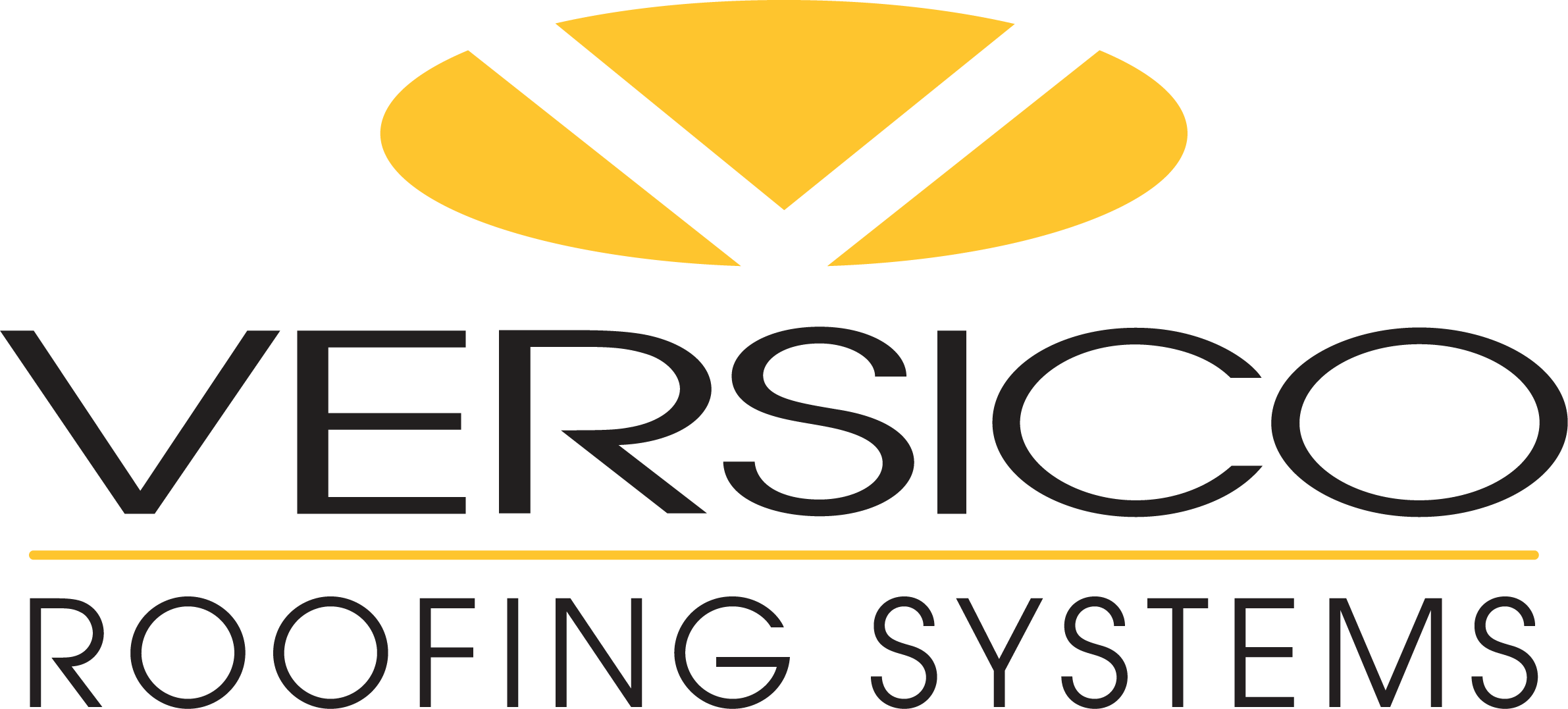Induction Welding Systems—Calibration is Key
A common mistake made with induction welding systems is running equipment at the same setting, no matter the application conditions. Given the effect that ambient temperature, membrane type, material thickness, and deck-type have on the induction welding process; it is critical to calibrate your induction welding system to ensure optimal welds.
In the world of induction welding, there are two versions of equipment—tools requiring manual calibration, and those featuring auto-calibration.
Manual Calibration
On the RhinoBond® Classic system, the calibration process should take place at least twice a day; prior to starting work and halfway through the day; or whenever the temperature changes more than +/– 15°F. The calibration process consists of five test welds at various energy settings, and then the inspection of the plates to determine the optimal weld setting.
It is also important to note that optimal weld settings may differ from one RhinoBond® tool to the next; therefore, it is important to calibrate each tool for best results.
Auto-Calibration
Today, the Isoweld® system and the new RhinoBond® with OptiWeld system both feature auto-calibration. These systems still require calibration prior to the start of any job, but the process is much quicker without the need to try a wide range of settings to determine to ideal power level. Each system requires a short initial set-up where the membrane material type and thickness are entered, and a single calibration weld is then completed to automatically set the equipment to the ideal power level. Following the calibration, a test weld is always recommended to ensure proper adhesion.
Throughout the day, the auto-calibration technology automatically monitors the temperature of the plates during the welding cycle, saving valuable test-weld time and assuring the best bond possible.
For detailed installation and equipment instructions, refer to the equipment manufacturer’s owner’s manual.
In the world of induction welding, there are two versions of equipment—tools requiring manual calibration, and those featuring auto-calibration.
Manual Calibration
On the RhinoBond® Classic system, the calibration process should take place at least twice a day; prior to starting work and halfway through the day; or whenever the temperature changes more than +/– 15°F. The calibration process consists of five test welds at various energy settings, and then the inspection of the plates to determine the optimal weld setting.
It is also important to note that optimal weld settings may differ from one RhinoBond® tool to the next; therefore, it is important to calibrate each tool for best results.
Auto-Calibration
Today, the Isoweld® system and the new RhinoBond® with OptiWeld system both feature auto-calibration. These systems still require calibration prior to the start of any job, but the process is much quicker without the need to try a wide range of settings to determine to ideal power level. Each system requires a short initial set-up where the membrane material type and thickness are entered, and a single calibration weld is then completed to automatically set the equipment to the ideal power level. Following the calibration, a test weld is always recommended to ensure proper adhesion.
Throughout the day, the auto-calibration technology automatically monitors the temperature of the plates during the welding cycle, saving valuable test-weld time and assuring the best bond possible.
For detailed installation and equipment instructions, refer to the equipment manufacturer’s owner’s manual.
Up Next
April 09, 2020
Introducing: The Zip Cart
Roof Equipment LLC has taken CAV-GRIP 3V to the next level with their newly developed spray carts, the Zip Cart™.
March 19, 2020
Non-Compatible Substrates for PVC
PVC is rigid in its natural form and is made flexible by the addition of plasticizers.
March 12, 2020
Dual Tanks Cold Weather Application Tips
Proper material temperatures are imperative to ensure that adhesive products deliver the highest level of performance.
